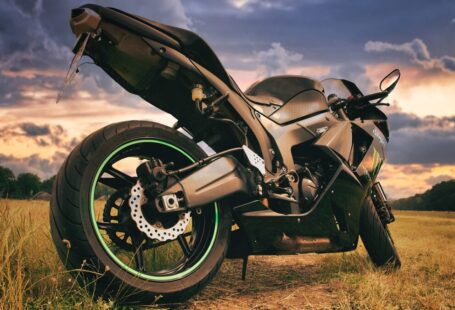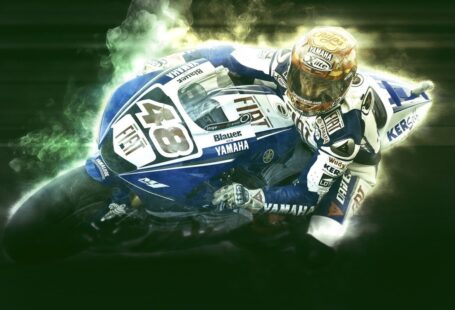The 600cc shoot out is one of the most exciting races in the world of motorcycle racing. With so many amazing bikes competing for the title of champion, the competition is fierce. It will take the best of the best to bring home the trophy.
Honda CBR600F4i
When it comes to 600cc shoot outs, the Honda CBR600F4i has been around for a long time. It started out as an off-road sport bike and was later upgraded with more performance. With its powerful motor and agile chassis, it has quickly risen to become a top selling sportbike worldwide.
The 600cc engine has enough power to take you from a stop to a speed of more than 100 km/h in the first gear. Although the CBR600F4i is not a street legal motorcycle, it’s still easy to ride, and it has some nice features.
It’s also fairly forgiving. While it doesn’t have the best fuel economy, it’s also not a bad deal. And you can lift the tank without the use of a fairing.
Unlike most 600cc bikes, the CBR600F4i has a remarkably linear powerband. There’s plenty of torque at low and mid RPM, and it’s able to pull hard at high RPM.
The engine is bulletproof, but the fuel injection system does give it a juddery start on cold days. But, if you don’t mind spooling the fuel pump, it’s a quick and fun ride.
One of the best parts about the CBR600F4i is the suspension. It has an adjustable spring and cartridge forks, but it doesn’t have inverted forks like most other 600s. That means that it can take a beating, which is great.
Suzuki GSX-R600
Suzuki’s new GSX-R 600 offers a blend of race-winning performance and impeccable street manners. This mid-sized Supersport bike features a compact four-cylinder engine that produces 104 horsepower and 44 pound-feet of torque.
The 599cc inline-four engine is matched with a lightweight, twin-spar aluminum frame to create a light, strong machine. The engine is suspended beneath the frame to keep its mass low. It is mated to a cast aluminum swingarm and a lightweight Showa Big Piston Front Fork.
The GSX-R600 also gets a new look, including a restyled fairing with horizontally mounted halogen headlights. A new, more communicative front end adds to the bike’s nimble handling.
The GSX-R600’s new chassis is also an improvement, offering a solidly neutral ride with rock-solid brakes. Combined with its powerful engine, this makes for an excellent power-to-weight ratio.
One of the biggest improvements to the GSX-R600’s power delivery is the addition of the Suzuki Drive Mode Selector. Riders can select from two power settings, which allow them to tailor the engine’s power delivery to their riding needs.
Another improvement is the addition of an electronically controlled steering damper. This damper works by allowing the rider to control the amount of steering input required to maintain the desired angle.
In addition, the GSX-R600’s alloy wheels save 430 grams while providing a lighter feel. Moreover, the engine’s exhaust pipe diameter has been reduced by 3mm and the intake ports have been reshaped to reduce pumping losses.
Triumph Daytona 600/450
The Triumph Daytona 600 has a great engine. Its cams are designed to deliver an impressive low-end torque burst. However, it is not the most powerful in its class.
The bike also possesses an impressive array of brakes. These include four pot Nissin calipers. They aren’t aggressive, but they do have plenty of bite.
Another notable attribute of the Daytona is its chassis. It’s built with attention to detail. This includes a rigid frame and Kayaba rear suspension. Unlike many modern sportsbikes, it isn’t prone to undulations on the road.
Although it isn’t the most powerful in its class, the Daytona 600 still packs enough power for everyday riding. Even in high-speed sweepers, the chassis feels secure.
In the world of road bikes, the market is highly competitive and cost constrained. Manufacturers have to prove they are cutting-edge in order to compete. Consumers expect purebred race specifications, not just the usual spec sheets.
Of course, the Daytona isn’t the first bike to utilize EFI in a 600. In fact, Triumph was the first. Unfortunately, the early adoption of the technology resulted in a system that wasn’t as developed as it could have been.
Thankfully, the company has since fixed its shortcomings. Today’s version uses Keihin fuel injection to keep the motor fed at the right moment.



